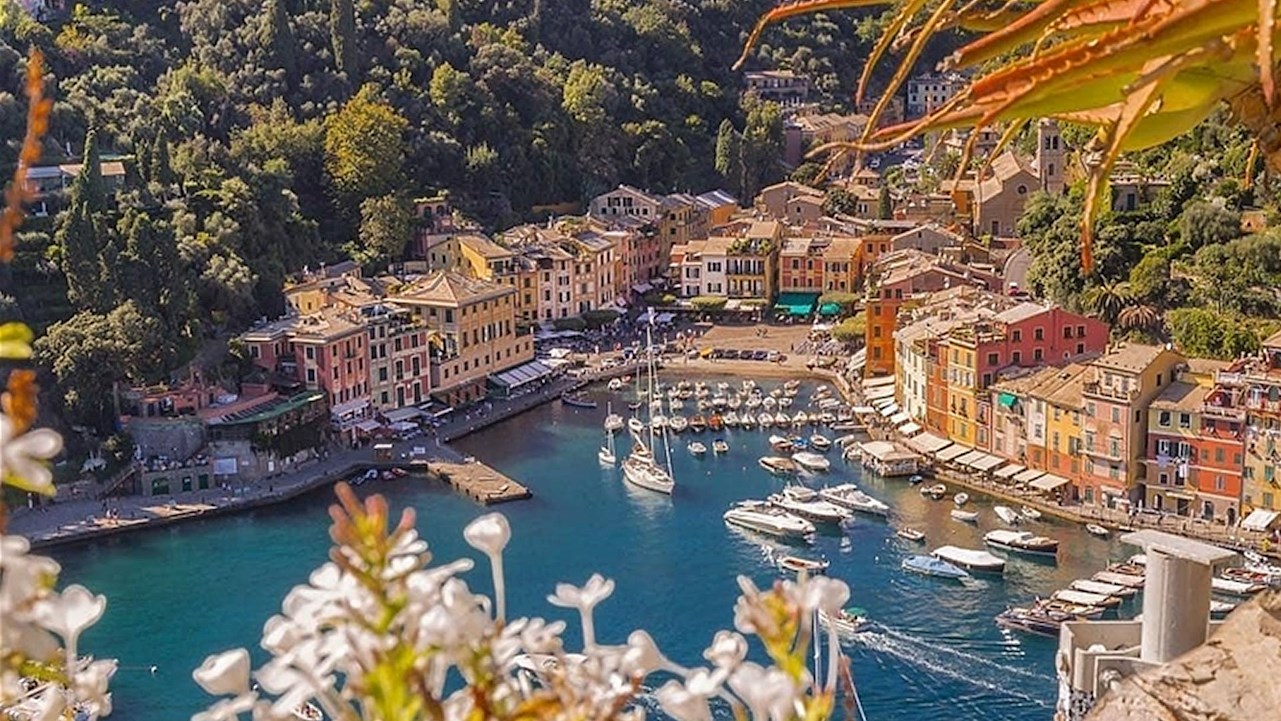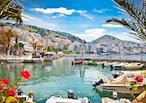Situated near Genoa in northwestern Italy, Portofino was simply a quiet fishing village. However, the onset of the 20th century marked a significant transformation as tourism burgeoned, spotlighting Portofino's stunning harbor and pristine waters.
 Credits: Shutterstock
Credits: Shutterstock
Portofino boasts a modest permanent population of around 500. Yet, come holiday season, it teems with thousands, including contemporary celebrities like Beyoncé, Cher, and the Kardashian clan. Still, its true golden era was one where Hollywood legends such as Elizabeth Taylor, Frank Sinatra, and Richard Burton graced its streets.
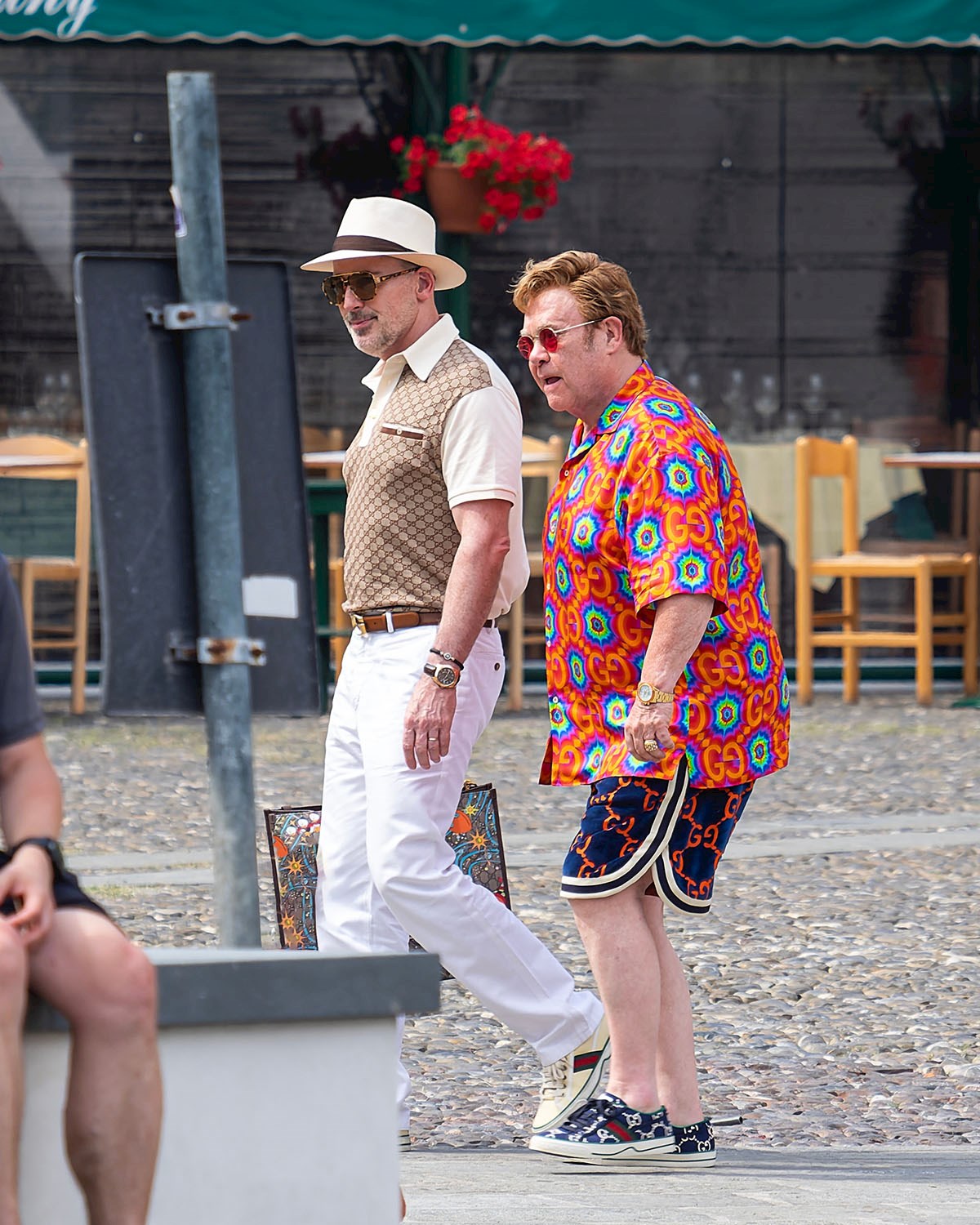 Elton John and David Furnish - Credits: Shutterstock
Elton John and David Furnish - Credits: Shutterstock
The late 50s ushered in the jet-set era, propelling Portofino to unparalleled fame. For a span of three decades, from the 1960s to the mid-90s, this village served as the summer hotspot for the world's elite. Set on the Italian Riviera, Portofino epitomized the allure of "La Dolce Vita." Its captivating harbor, dotted with vibrant fishermen's homes, and its serene setting amidst green hills and the blue Ligurian Sea made it a magnet for the wealthy, renowned, and those seeking the limelight.
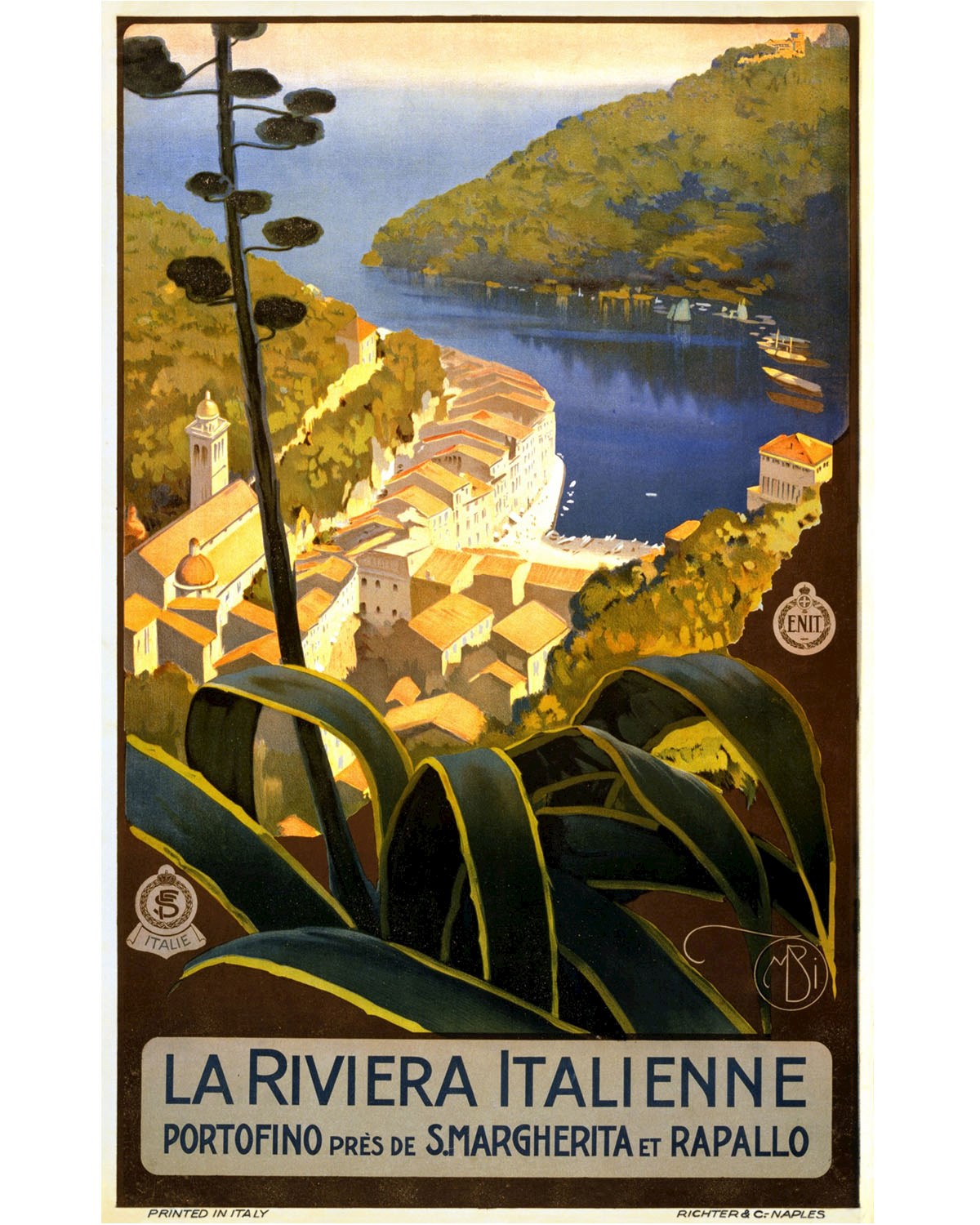
However, as the decades rolled on, a conspicuous change began to grip Portofino and the shift in the billionaires' compass happened. The celebrity crowd, once omnipresent, started to thin. The billionaires and A-listers, in search of fresh stomping grounds, turned their gaze towards the more secluded and exclusive locations, such as then quite unknown village of Saint-Tropez in France.
The enigma of Portofino's transformation
The question arises: Why did this seismic shift occur? No single factor can be pinpointed. The move was likely due to a combination of factors, including the economic crisis that spread in the world, and the locals of Portofino getting sick and tired of the decadence and parties, but a profound loss of authenticity due to overtourism was surely the silent culprit.
"In Portofino as elsewhere along the Italian Riviera, seafood dominates the menus, although most of the products come from far away by refrigerator truck or air because the sea off Liguria has long been overfished, and to a great extent is polluted." This wasn't written today. It's a sentence from Paul Hoffman's article in The New York Times from June 1994. And within it lie many answers.
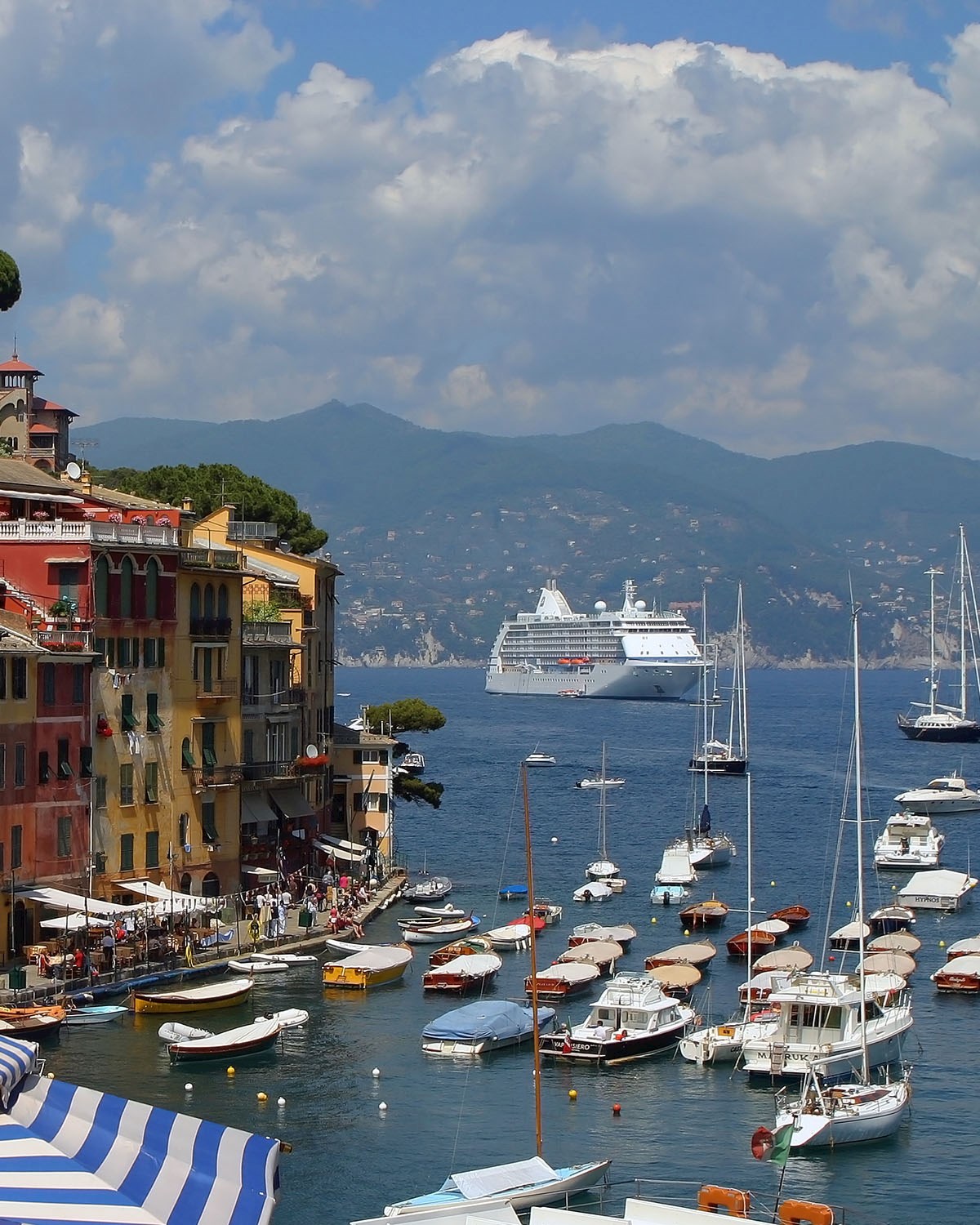 Credits: Shutterstock
Credits: Shutterstock
Portofino’s allure lay not just in its scenic beauty, but in its genuinity. People were captivated by the Portofino that was Portofino – a place that seamlessly married luxury with locality.
But with increasing fame came the floods of tourists, and the village was soon bursting at its seams. The quaint streets, once filled with conversations in Italian, now echoed with a cacophony of languages from around the world. Locals, once the heart and soul of the town, found themselves outnumbered, if not ousted. And as the many authentic local eateries were replaced with generic tourist-trap restaurants, the essence of the village began to dilute.
A global phenomenon of lost identity
Alas, Portofino is not alone in its descent into inauthenticity. Several cities around the world have succumbed to the siren call of tourism revenue, only to find their souls eroded in the process.
Take Hallstatt, for instance. This Austrian village, known for its stunning lakeside setting and historic salt mines, now finds its streets crowded with busloads of tourists, eager to snap a perfect Instagram picture. The number of tourists has increased by 500% in the past decade. The village is now so crowded that it is difficult to move around. The locals feel like they are living in a museum, and they are worried about the impact of tourism on their culture and way of life.
 Hallstatt - Credits: Shutterstock
Hallstatt - Credits: Shutterstock
Or consider Innsbruck, another Austrian gem, now grappling with the challenge of balancing its historic charm with the demands of mass tourism. The city's historic center is now filled with generic souvenir shops, tourist-trap restaurants and international stores like Lush, Primark, Swarovski, and Louis Vuitton, which make the central streets of Paris, London, Innsbruck and any other city feel like identical generic Consumerland. The locals feel like they have been priced out of their own city, and the local culture is watered down.
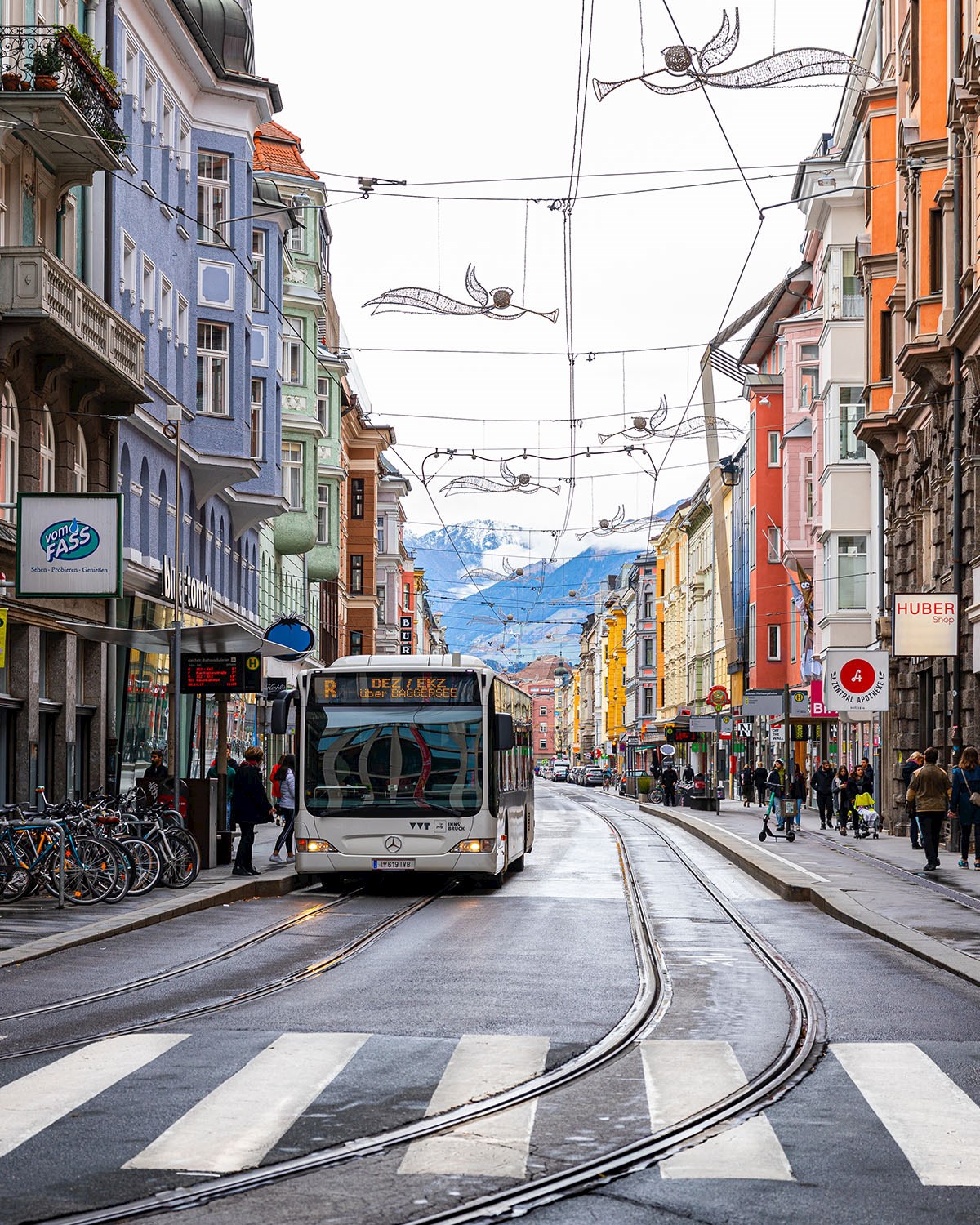 Innsbruck - Credits: Shutterstock
Innsbruck - Credits: Shutterstock
Machu Picchu, the iconic Incan city set high in the Andes, now often greets visitors with a sea of selfie sticks rather than its mystical aura. Croatian Dubrovnik, with its ancient walls, struggles under the weight of 'Game of Thrones' fans. Venice, the city of canals, battles against the sheer volume of footfalls, turning it from a romantic haven into a congested labyrinth.
Even bustling metropolises aren't immune. Barcelona, with its Gaudí masterpieces and vibrant street life, is facing its own identity crisis. The city’s struggle with overtourism has led to local protests, demanding a more sustainable approach. (Almost) Nobody is against tourism: It brings money and prestige, it provides jobs. But people want to live in their towns, not in Disneyworld.
In essence, these places are caught in a complex conundrum: How to benefit from tourism without sacrificing the very authenticity that attracts visitors in the first place?
Measures to retain the soul
So, what's the antidote to this overwhelming tide of overtourism? A myriad of solutions are cropping up worldwide. Bhutan champions a unique approach by imposing a tourist cap, ensuring that only a limited number can visit each year. In a similar vein, Machu Picchu restricts daily visitors, trying to reverse what happened with overcrowding and preserve both its structures and mystique.
Barcelona, grappling with a loss of its distinct character, became the first European city to ban short-term private room rentals. Venice has adopted tourist taxes, a bid to regulate the inflow. In 2021, Venice also stopped large cruise ships from anchoring in its historic centre. Damage to the lagoon saw UNESCO threaten to put the city on its endangered list unless the ships were permanently banned. Amsterdam, Santorini and Dubrovnik have also tightened restrictions on cruise companies. Other cities could soon follow suit.
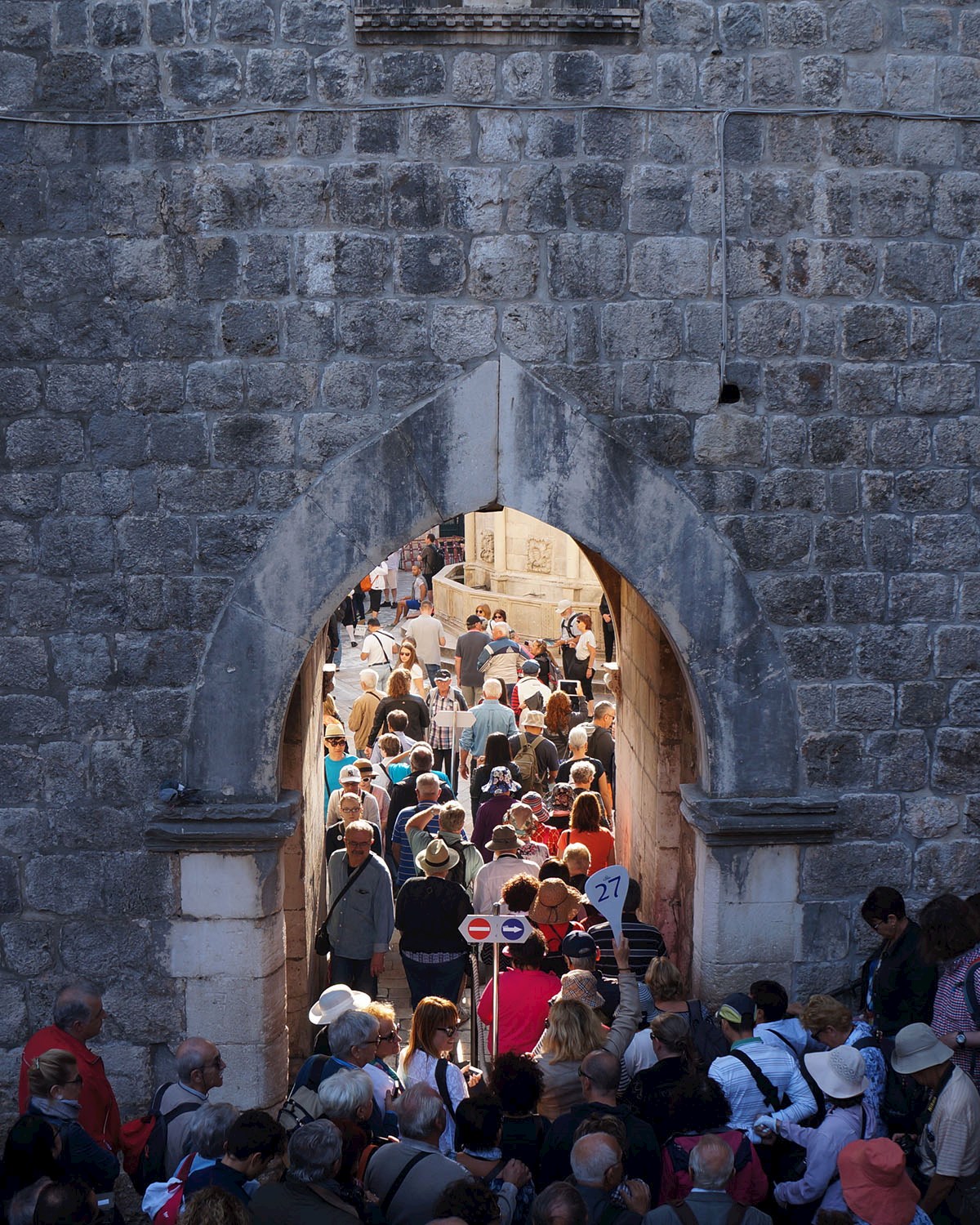 Dubrovnik - Credits: Shutterstock
Dubrovnik - Credits: Shutterstock
Bruges received 8.3 million tourists in 2022, with 6 million day-trippers spending only 2-3 hours in the city. The city is now taking steps to control the influx of tourists, including ending advertising campaigns in major cities and cutting back on the number of cruise ships allowed to dock.
And Portofino is making its own stand: fining tourists for lingering too long over selfies, emphasizing the importance of experiencing the moment rather than merely capturing it.
 Credits: Shutterstock
Credits: Shutterstock
When you lose your identitiy, you lose everything
The story of Portofino serves as a poignant reminder of the fragile balance between preserving authenticity and embracing change. As cities and towns around the world continue to grapple with the challenges of overtourism, one hopes that the lessons learned from Portofino's faded glamour will pave the way for a more sustainable future, where the soul of a place is celebrated, cherished, and, most importantly, preserved.
 Credits: Shutterstock
Credits: Shutterstock
Amid this tumult, there's a silver lining for Portofino. Its waning global fame might just be its salvation. With fewer tourists pouring in, the village is slowly rediscovering its lost rhythms. Those who chance upon it now might find a Portofino that's healing, rejuvenating its old charm, and beckoning with its renewed authenticity. Once again, it's emerging as a haven - not just for the elite, but for anyone seeking genuine beauty and character.
And in this new dawn, Portofino awaits, welcoming all to revel in its restored splendor.
Eat local in Liguria: www.tasteatlas.com/liguria
If you are planning a trip to Portofino (or any other town), please be respectful of the locals and the environment. Avoid taking selfies in the main square, support local businesses instead of international megacompanies, and try to eat at authentic local restaurants.
